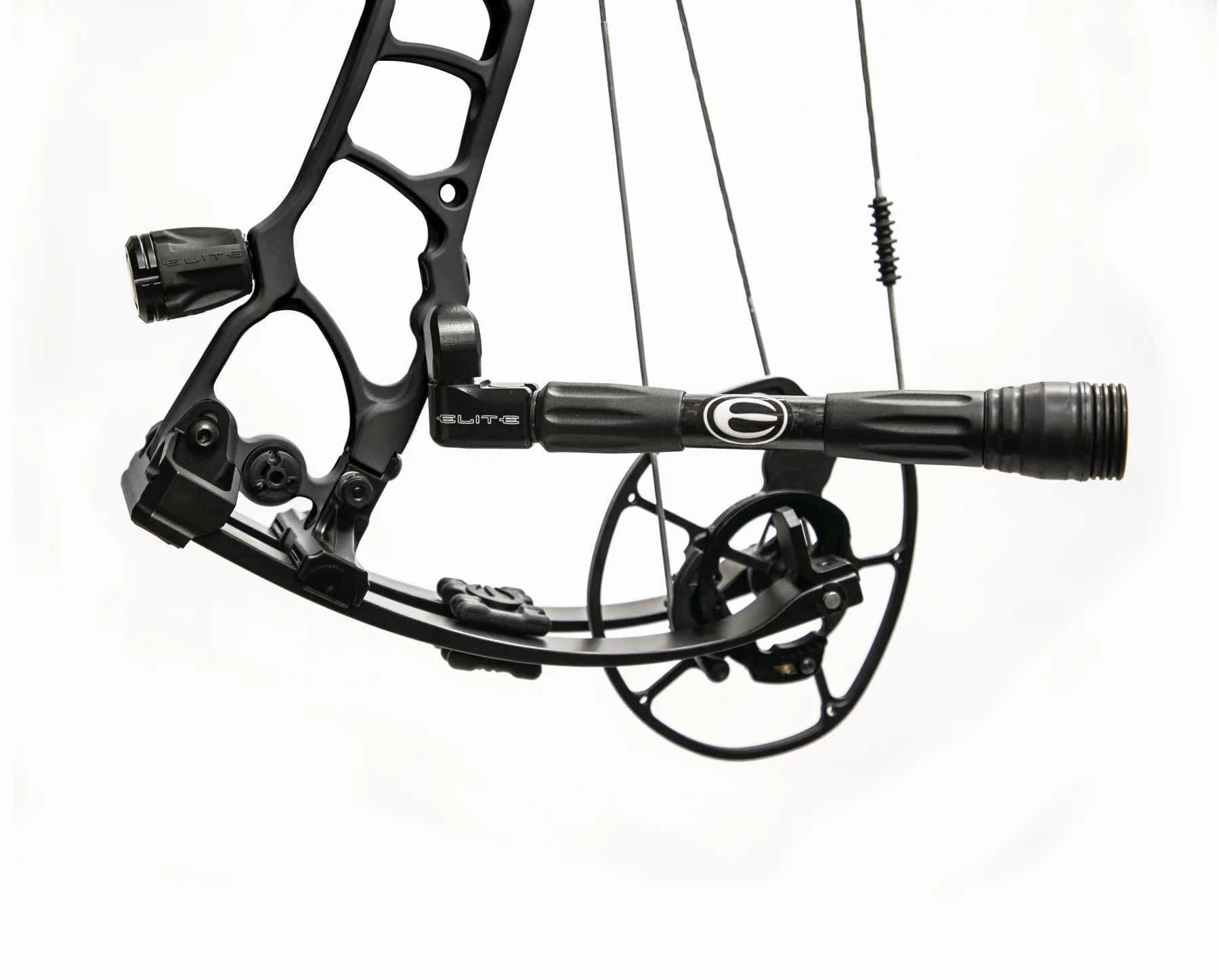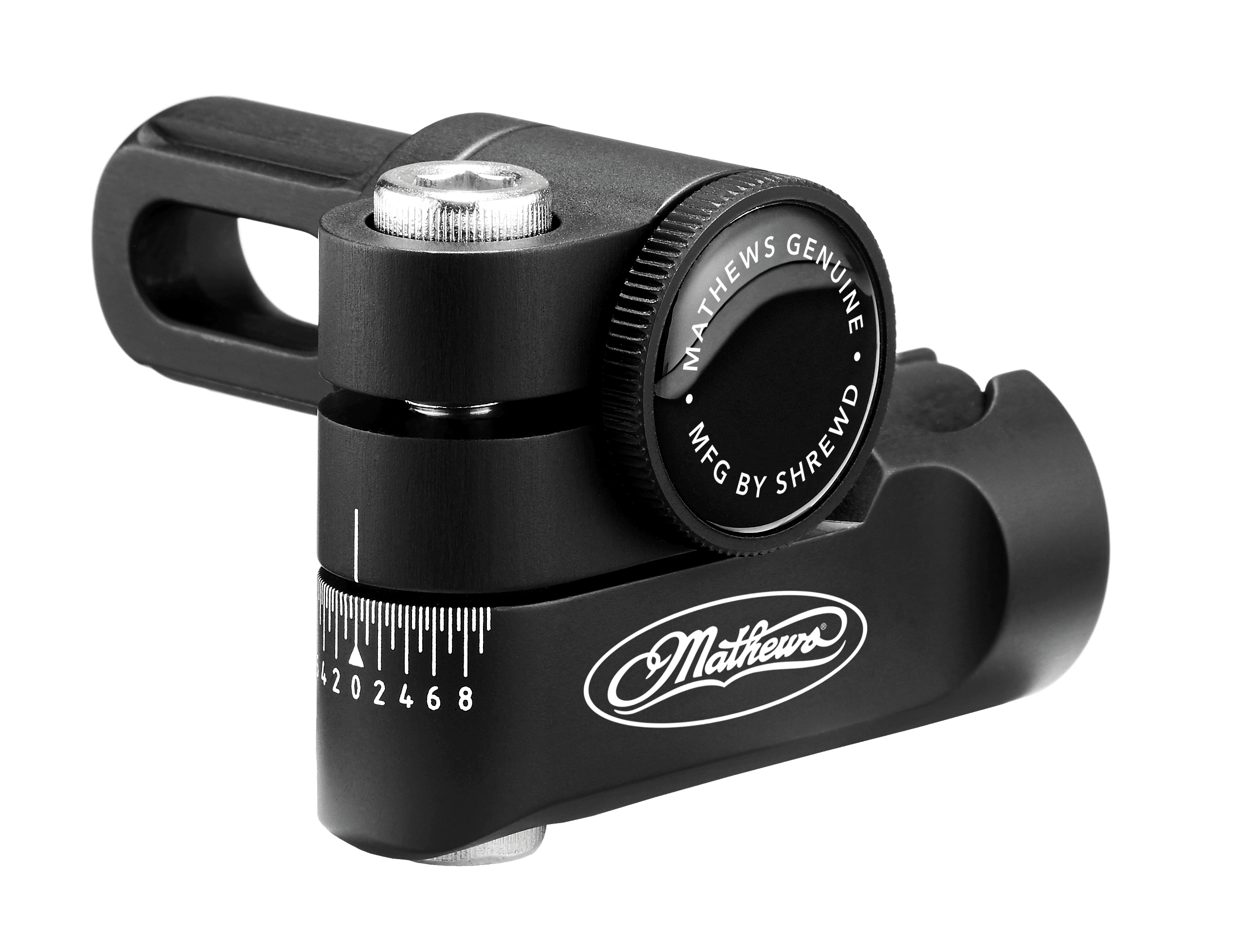Discover the very best Bow Stabilizers for Every Archer's Demands
Discover the very best Bow Stabilizers for Every Archer's Demands
Blog Article
Boost Your Archery Efficiency: The Ultimate Guide to Bow Stabilizer Configuration
Enhancing your archery performance requires a meticulous strategy to every aspect of your devices setup. Among the various elements that add to precision and stability, the bow stabilizer plays a crucial role in refining your shot implementation. Recognizing how to optimize your bow stabilizer configuration can cause considerable enhancements in your total precision and uniformity on the variety or in the area. As we delve into the complexities of choosing the ideal stabilizer weight, positioning, and fine-tuning strategies, you will certainly reveal the secret to opening your complete possibility as an archer.
Comprehending Bow Stabilizers
In the realm of archery tools, the role and feature of bow stabilizers stand as vital elements for improving shooting accuracy and security. Bow stabilizers are made to decrease bow torque, lower resonances, and assist in holding the bow constant during the intending and launch process. By affixing a bow stabilizer to the riser of the bow, archers can experience enhanced balance and decreased hand shock, resulting in even more specific and consistent shots.
The key purpose of a bow stabilizer is to moisten any kind of resonances that take place upon launching the arrow. This reduction in resonance not just improves the shooter's comfort but additionally helps preserve focus and control throughout the shot cycle. Furthermore, bow stabilizers aid in reversing the weight of accessories affixed to the bow, such as views, quivers, and arrow relaxes, guaranteeing optimum weight distribution for boosted stability.
Recognizing the technicians and advantages of bow stabilizers is essential for archers seeking to tweak their shooting performance and achieve greater precision on the array or in the field.

Choosing the Right Stabilizer Weight
Choosing the suitable weight for your bow stabilizer is an essential element of optimizing your archery setup for boosted shooting performance. The stabilizer weight directly influences just how efficiently the stabilizer decreases vibration and maintains your bow during the shot. When choosing the best stabilizer weight, it's important to consider your shooting design, bow balance, and individual choices.
Lighter stabilizers, commonly considering between 3-6 ounces, are favored by archers that focus on ability to move and quick target acquisition. These stabilizers are excellent for seekers or those that fire in challenging surfaces where flexibility is crucial. On the various other hand, larger stabilizers, varying from 8-12 ounces or more, are chosen by target archers looking for optimum stability and minimized bow motion. The included weight assists hold the bow steadier throughout the aiming process and lessens the effects of torque on the bow.
Inevitably, the best stabilizer weight for you will certainly depend upon your shooting goals and preferences. Exploring with various weights and finding the one that uses the optimum equilibrium of security and maneuverability is essential to boosting your archery performance.
Installing Your Bow Stabilizer
To effectively mount your bow stabilizer, ensure that you have all the needed devices and adhere to these detailed guidelines for a effective and safe and secure configuration. Start by recognizing the front stabilizer bushing on your bow riser. Many bows have pre-threaded openings for stabilizer setup. Next off, use a little amount of bowstring wax to the threads of the stabilizer bolt to prevent it from loosening throughout usage.
Very carefully visit this web-site thread the stabilizer right into the front bushing by hand, ensuring not to cross-thread it (bow stabilizer). Once the stabilizer is comfortably in position, use a suitable wrench to tighten it securely. Stay clear of over-tightening, as this can cause damage to the bow or stabilizer
After mounting the stabilizer, check to ensure it is straight and aligned with the bow. Some stabilizers come with flexible weights or dampeners; adjust these according to your choices and shooting design. Last but not least, test the bow to guarantee the stabilizer is efficiently lowering resonance and boosting your shot uniformity.
Changing Stabilizer Placement for Precision
After mounting the bow stabilizer securely, maximizing its setting is crucial for improving precision in your shooting. The setting of the stabilizer can considerably influence the balance and security of your bow throughout the shot cycle. To change the stabilizer for ideal accuracy, beginning by trying out with different settings. Moving the stabilizer more detailed to the riser can aid reduce the bow's overall weight circulation, possibly boosting your intending security. On the other hand, extending the stabilizer further out can enhance the bow's mercy and decrease the effects of torque on the shot.
When changing the stabilizer position, consider the kind of capturing you do. For target archery, a longer stabilizer placed further out may be beneficial for added stability throughout the aiming process. On the various other hand, hunters may like a much shorter stabilizer for better ability to move in the field. Remember to make little modifications and evaluate your setup after each change to establish the ideal placement for your capturing design and preferences.
Fine-Tuning Your Stabilizer Configuration

Additionally, take into consideration the positioning of any type of dampeners or weights along the stabilizer rod. Relocating these elements closer to or even more from the riser can alter the stabilizer's overall result on your bow's balance. Fine-tuning these details can help minimize resonance, decrease hand shock, and enhance total control during the shot implementation.
Routinely reassess your stabilizer configuration as your shooting method develops to ensure it remains to complement your form and capturing objectives. By address finetuning your stabilizer arrangement with precision and care, you can maximize your bow's performance and boost your archery abilities to brand-new heights.
Conclusion
In final thought, maximizing your bow stabilizer arrangement is essential for improving your archery performance. By understanding the purpose of stabilizers, picking the appropriate weight, appropriately mounting and positioning the stabilizer, and adjust its setup, you index can improve your precision and uniformity in capturing. Make the effort to trying out various arrangements and changes to find the configuration that functions finest for you and helps you accomplish your archery goals.
Bow stabilizers are made to minimize bow torque, decrease resonances, and assist in holding the bow stable during the intending and release process. By attaching a bow stabilizer to the riser of the bow, archers can experience enhanced balance and reduced hand shock, resulting in even more constant and precise shots.

The stabilizer weight directly influences how successfully the stabilizer minimizes vibration and supports your bow during the shot. bow stabilizer. By recognizing the function of stabilizers, choosing the appropriate weight, correctly mounting and placing the stabilizer, and tweak its setup, you can enhance your precision and uniformity in capturing
Report this page